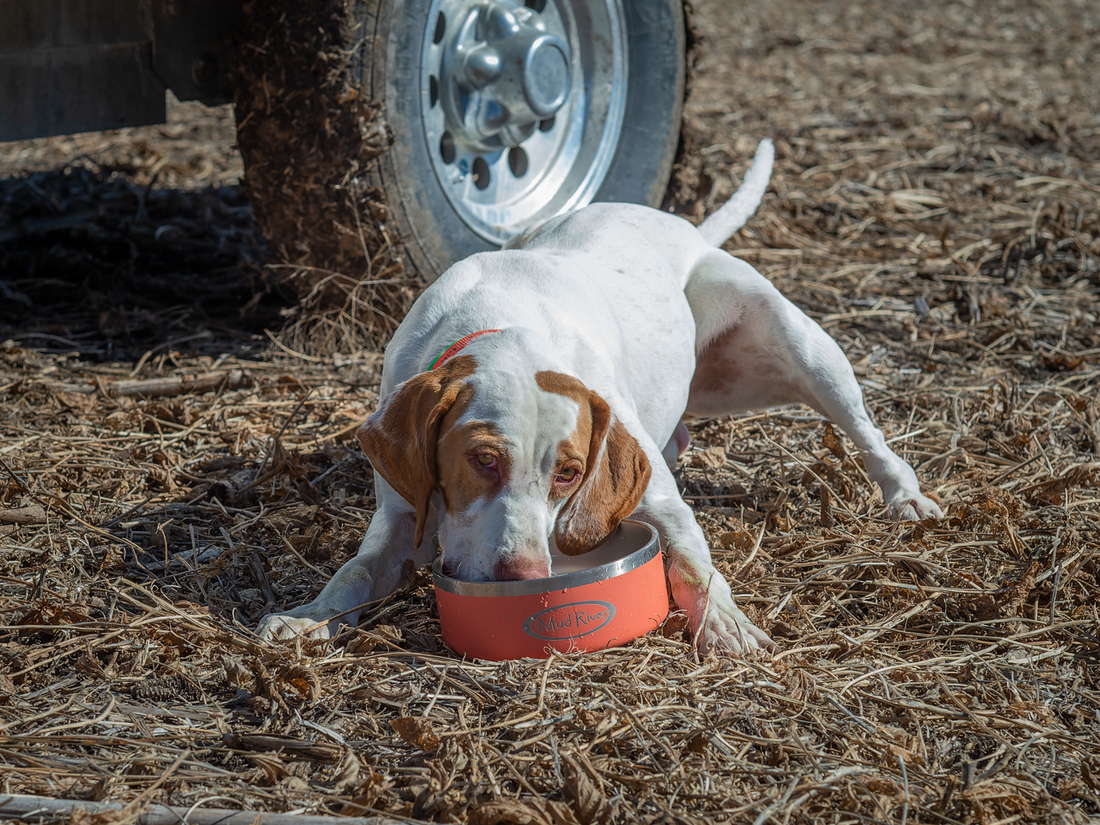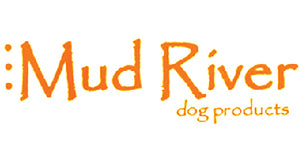Die Hard Work Ethic is Hard to Tame: Dehydration in the Working Dog
A focused, hard-working dog is priceless no matter the type of work: military, police, rescue/recovery, hunting, field trial, herding, or agility-these dogs will put their job above physical needs. Dehydration can occur quickly in pets not properly conditioned to their job requirements or when they are working in environments where hydrating resources are suboptimal. Proactive, responsible handlers practice prevention and work to reverse early signs of dehydration to keep their dogs on active duty.
Body Condition
We know perspiring, or sweating, helps cool our bodies. Dogs' bodies only perspire through their foot pads; the majority of their heat dissipation is through panting. Like an overweight offensive lineman in 90-degree heat and full gear, overweight dogs are not in any condition to work intensely in the heat. Dehydrated dogs are unable to regulate body temperature, think clearly, or perform at desired levels. Keep your pet in proper body condition and train regularly to keep metabolism at desired level for performance. Ensure proper nutrition year round, not seasonally. If you expect racecar performance, put in the right fuel year round and keep the body tuned up.
Work Plan
Know what is available/expected for shade, water, terrain, and weather stress at your destination. Pack clean water or water purifying equipment, your pet's palatable normal diet and a bland diet alternative, a bag of sterile electrolyte fluid with a drip line and needle, a tarp or tent, a towel or blanket, a flashlight, a cell phone or radio, a map, and a first aid kit. In a dehydration emergency it may be beneficial to learn how to give sterile electrolyte containing fluids under the skin. Prevent exposure to ill or unvaccinated animals. Take breaks frequently for rest, injury assessment, and water intake. Discontinue an adventure or event if a pet becomes ill.
Common reasons pets become dehydrated: I
llness- prolonged vomiting or diarrhea, severe trauma and blood loss, diseases or medications affecting intake of nutrients Lack of intake- prolonged travel without access to water, overcrowding, and stress Temperature extremes- extreme heat or cold, elevated body temperature, and over training Chronic disease - kidney disease, heart disease, diabetes, and endocrine diseases can all alter normal regulation of fluid homeostasis.
Danger ahead! When to take a break and seek emergency care for dehydration:
- Dry nose and gums
- Loss of skin turgor (i.e. loss of skin elasticity)
- Sunken dull eyes
- Collapse or weakness
- Altered mentation
- Decreased or absent urination
- Sticky, rope-like saliva
- Vomiting or diarrhea lasting longer than 12-24hrs
*In contrast, a well-hydrated dog often presents with a wet nose, regular urination, normal thirst, and watery saliva. Signs of dehydration can occur quickly. A dog's body consists of about 70% water - a vital nutrient to most all bodily functions. With severe fluid loss, dogs will be unable to consume enough fluid in a short amount of time to recover and will benefit from hospitalization for IV fluids and monitoring of internal organ function. Following the above listed tips and and early recognition of symptoms can help prevent severe organ damage or death. Dehydration in warm weather can easily progress to heat stroke (see related blog article to learn more about heat stroke).
### Amanda Burow, D.V.M. (Dr. B), is a graduate of Iowa State University's College of Veterinary Medicine. Dr. Burow's patient list includes hunting dogs of all varieties, as well as several field trial dogs and full time sporting guide dogs. In addition to practicing general veterinary medicine, she has special interest in the areas of preventive care, emergency medicine, and dermatology. In her spare time, she enjoys being outdoors and on the lake, staying active, reading, and spending time with family and friends. Mud River is proud to share these tips from Dr. B with our customers. Keep in mind it is best to work with your local veterinarian to determine the needs for your animals.







